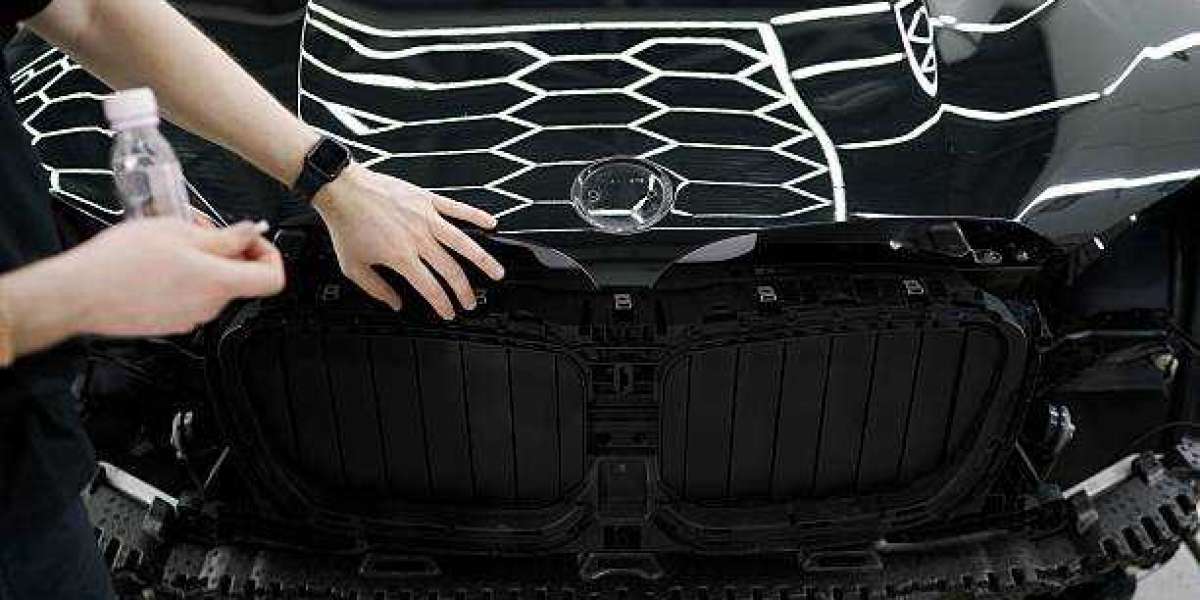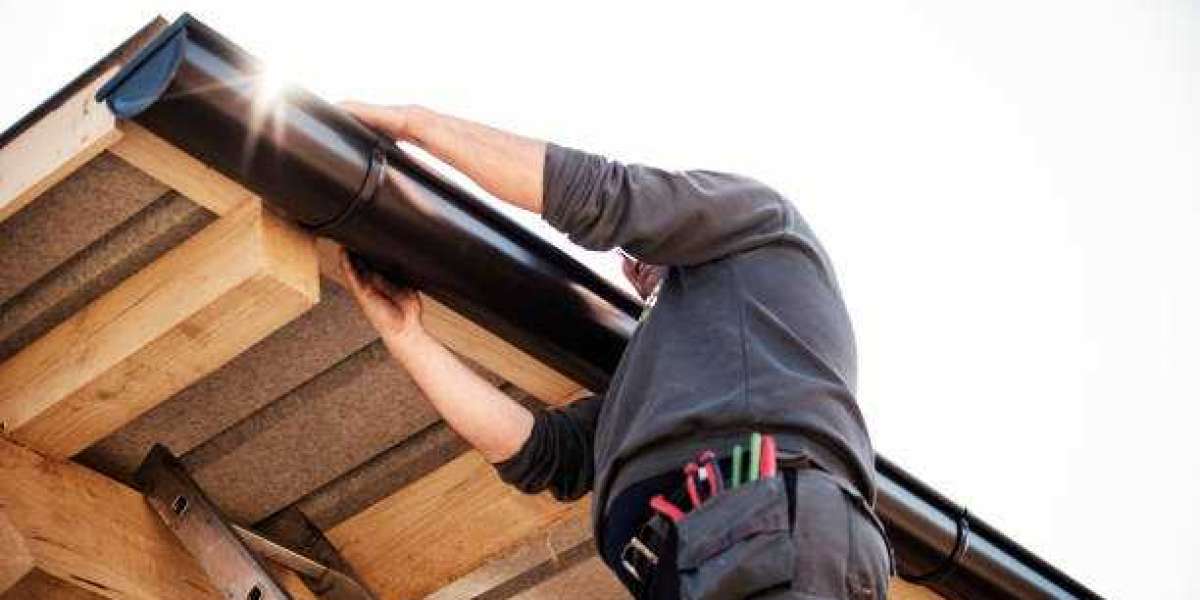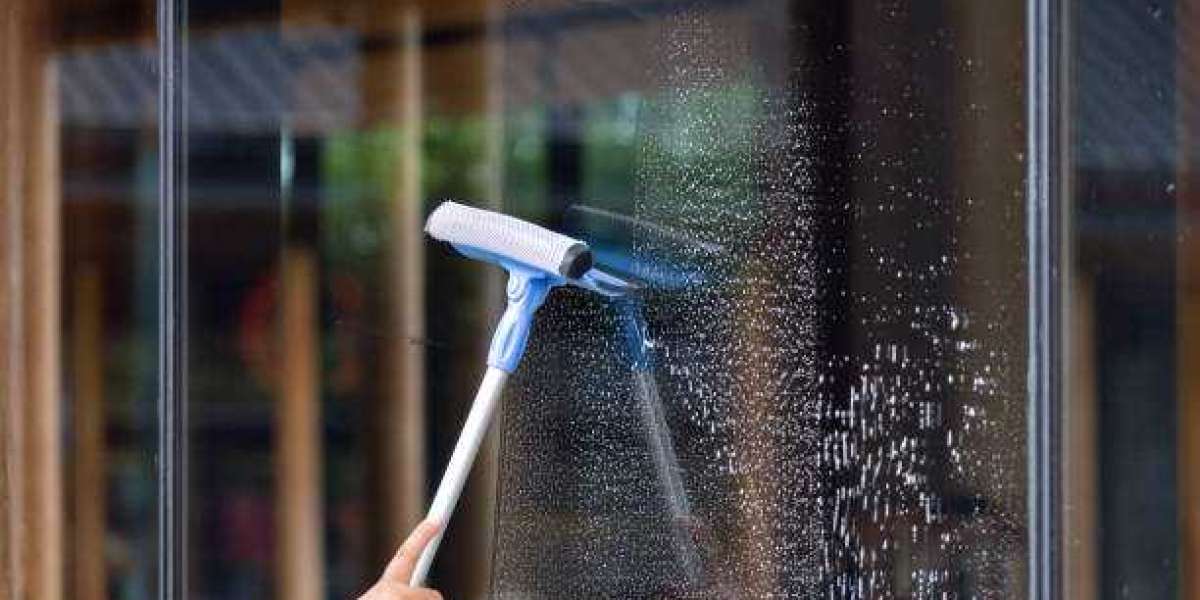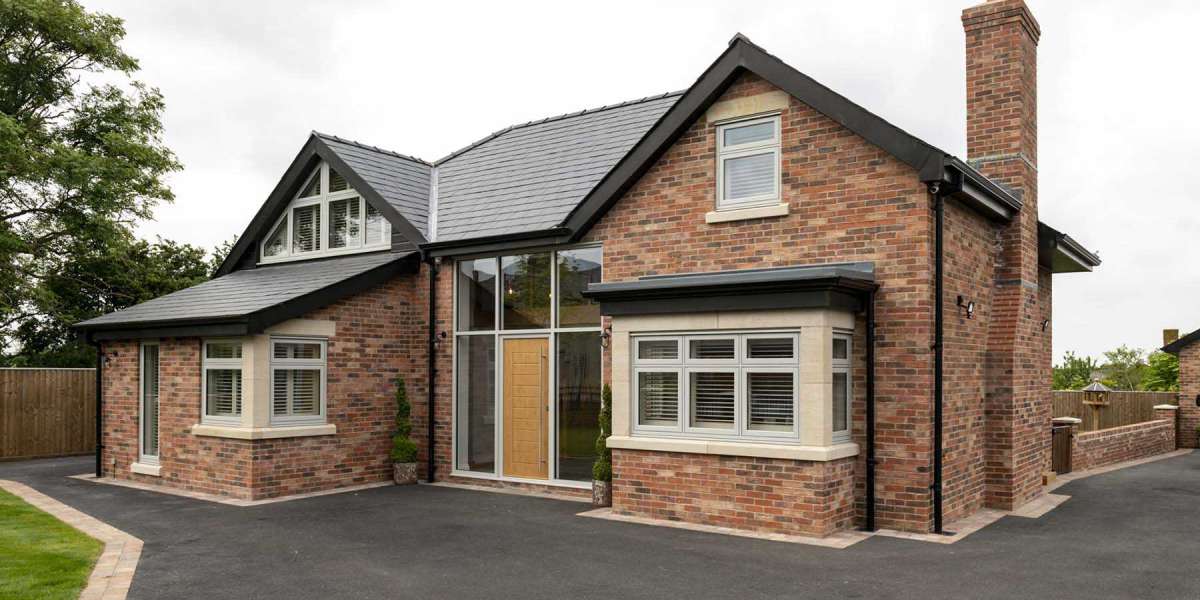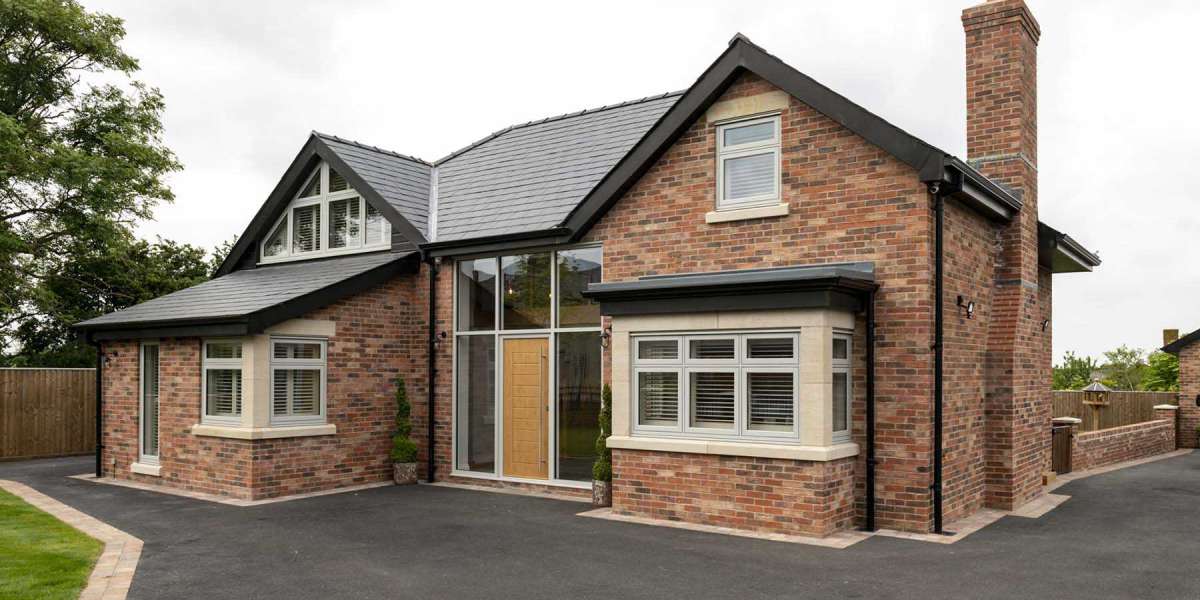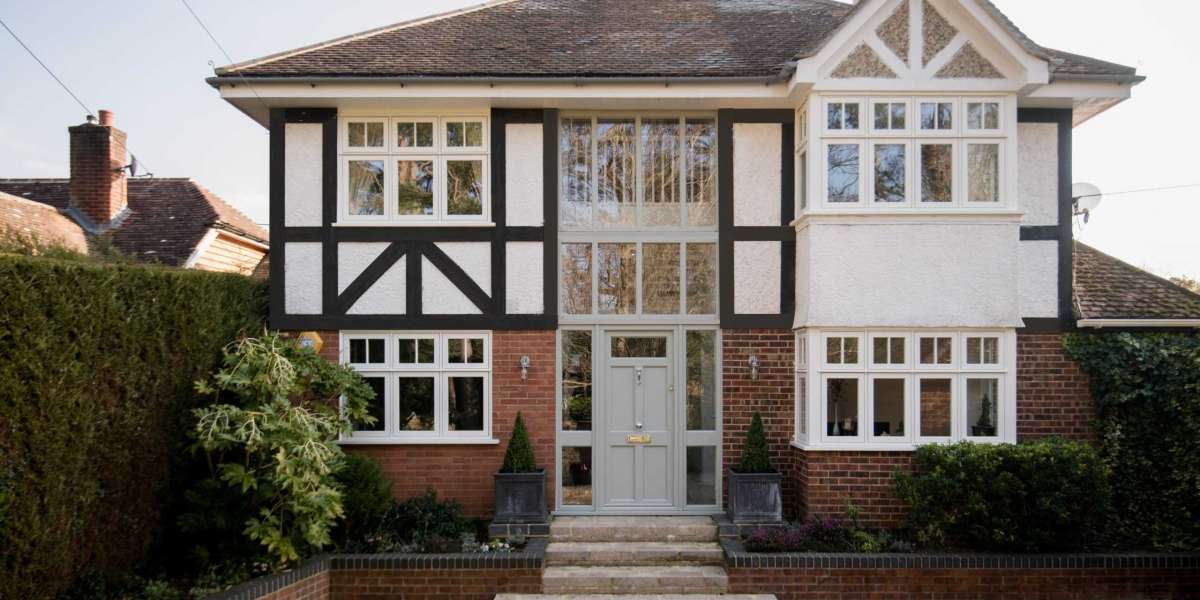Every car owner wants to maintain that glossy, showroom-like shine long after the first drive. However, road debris, UV rays, and harsh weather can quickly dull a car’s appearance. This is where paint protection film (PPF) comes in—a nearly invisible layer that shields the paint from chips, scratches, and fading. While it requires an upfront investment, PPF offers long-term value by reducing repair costs and maintaining resale potential.
The real question many drivers ask is whether the cost truly matches the benefits. To help answer that, Tony's Auto Salon New Orleans Windeaux Wraps provides professional insight and precision installation, helping drivers make the most informed decision about protecting their vehicle’s finish.
Understanding Paint Protection Film
Paint protection film, or PPF, is a transparent thermoplastic urethane applied to a vehicle’s exterior surfaces. It acts as a defensive barrier against road debris, rock chips, bug splatter, and environmental pollutants. Unlike traditional wax or sealants, PPF offers durable, long-term protection that can last several years with proper care. Modern films are self-healing, meaning minor scratches disappear when exposed to heat, keeping your vehicle looking flawless.
PPF can be applied to the entire vehicle or specific areas like the front bumper, hood, mirrors, and side skirts—places most prone to impact. It’s especially valuable for luxury, sports, and daily-driven vehicles that face constant exposure to road hazards.
Factors That Affect the Cost of Paint Protection Film
Several factors influence the price of a paint protection film installation. Understanding these helps you determine whether it fits your budget and goals.
1. Vehicle Size and Design
Larger vehicles such as SUVs, trucks, or vans require more material and labor time than smaller sedans or coupes. Complex designs, curves, and body lines also increase installation time, affecting cost.
2. Coverage Area
Partial coverage (such as front-end protection) costs significantly less than a full-body installation. However, full coverage ensures maximum protection for every painted surface, offering the best long-term value.
3. Film Quality and Brand
Top brands like XPEL, 3M Scotchgard, SunTek Ultra, and Llumar Platinum provide high-grade materials with advanced self-healing, UV resistance, and durability. Premium films cost more but offer extended warranties and better optical clarity.
4. Professional Installation
Proper installation is critical to the performance of PPF. Certified technicians ensure the film is applied without bubbles or visible edges. Professional installation typically costs more than DIY kits but guarantees superior longevity and finish quality.
5. Maintenance and Longevity
Though the film itself is low-maintenance, choosing a reputable installer and performing regular cleaning ensures it lasts 5 to 10 years. The longevity of PPF directly influences its cost-effectiveness.
Average Cost of Paint Protection Film
The cost of PPF varies depending on vehicle type and coverage:
Partial Front (hood, mirrors, bumper): $900–$1,500
Full Front Coverage: $1,800–$2,800
Full Vehicle Wrap: $4,000–$8,000+
These prices reflect professional-grade materials and labor. While the initial expense may seem high, it’s important to view PPF as a long-term investment rather than a short-term cost.
Comparing Paint Protection Film to Other Options
Car owners often compare PPF with alternatives like ceramic coatings or wax treatments. While each serves a purpose, PPF offers the most comprehensive protection.
Wax provides shine and minimal barrier protection but wears off within weeks.
Ceramic Coating offers chemical resistance and hydrophobic properties but can’t absorb physical impacts.
Paint Protection Film combines both—offering physical defense from chips and scratches along with glossy enhancement.
This makes PPF the superior option for those who prioritize long-term durability and aesthetics.
Is Paint Protection Film Worth the Cost?
When evaluating whether PPF is worth it, consider both short-term savings and long-term value.
Prevents Expensive Repairs: Repairing a scratched or chipped panel can cost hundreds of dollars, while repainting can exceed $1,000 per panel. PPF prevents such damage entirely.
Preserves Resale Value: A well-maintained exterior increases a vehicle’s resale appeal, helping recoup the initial investment.
Enhances Appearance: PPF keeps paint glossy, clean, and free of swirl marks, even years after installation.
Low Maintenance: Self-healing films reduce the need for frequent polishing and waxing.
Peace of Mind: Knowing your vehicle’s finish is protected from the elements adds a layer of confidence every time you drive.
Ultimately, the cost of paint protection film pays for itself over time by preserving your car’s integrity and beauty.
Professional vs. DIY Application
Some DIY kits are available online, but professional application ensures flawless results. Trained technicians use pre-cut patterns, specialized tools, and temperature-controlled environments for perfect adhesion. Improper DIY installation can lead to trapped air bubbles, uneven surfaces, or premature peeling.
Professional installers like Tony's Auto Salon New Orleans Windeaux Wraps provide expert craftsmanship and access to premium-grade films, ensuring your vehicle receives superior protection and an immaculate finish.
Long-Term Savings and ROI
PPF may initially seem costly, but it offers significant return on investment (ROI) over time. Consider this:
Fewer paint repairs and detailing sessions.
Reduced need for repainting due to oxidation or chipping.
Increased resale value due to pristine paint condition.
When maintained properly, PPF can easily offset its installation cost by preventing more expensive paint damage in the future.
Conclusion
The cost of paint protection film is best seen as an investment in your vehicle’s longevity and aesthetics. It not only shields the paint from physical and environmental damage but also helps maintain a premium look for years. While cheaper options may seem tempting, high-quality film applied by professionals guarantees durability, clarity, and self-healing performance.
Frequently Asked Questions
How long does paint protection film last?
High-quality PPF can last between 5 to 10 years with proper maintenance.Can PPF be applied over ceramic coating?
No, PPF must be applied directly to clean paint. Ceramic coatings can be added afterward for extra gloss.Does paint protection film affect the car’s color or shine?
Premium PPF enhances shine and remains virtually invisible, preserving the car’s original look.Is PPF removable?
Yes, professionals can safely remove PPF without damaging the paint, allowing for reapplication if needed.Can paint protection film be used on any vehicle?
Absolutely. From luxury sedans to everyday SUVs, PPF provides reliable protection for all vehicle types.
